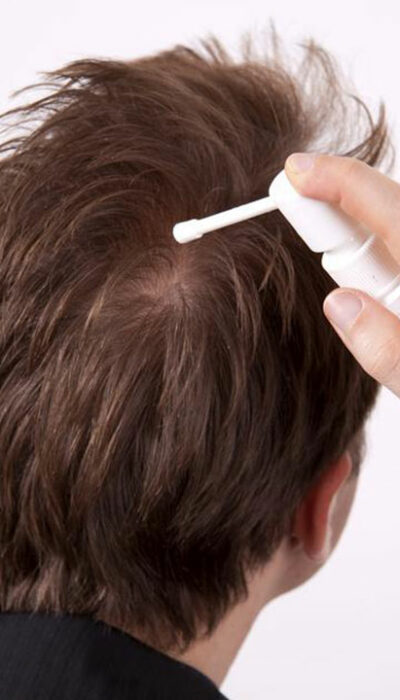
Liquid Diet Tips for a Detox or Weight Loss
Health is a primary concern for a lot of people and with a rise in health issues like obesity and arthritis, the biggest concern is weight loss. However, weight loss is not an easy task and cannot be achieved in a few days. A winner amongst quick, yet healthy weight loss methods is a liquid diet. A diet consisting only of liquids instead of solid food is called a liquid diet. A liquid diet comprises water, broth and plain gelatin that are easy to digest and leaves no undigested residue in your intestinal tract. In a liquid diet, most of your carbs and other minerals necessary for your body are obtained by fruit and vegetable juices or broth that contains no pulp. It is often prescribed to patients with digestive problems, recovering from injuries or who are about to undergo surgery. When a person follows a liquid diet, it helps detox and kick-starts your body‘s mechanisms with weight loss procedure. There are various liquid diet plans that one can follow to reduce weight. However, choose the best liquid diet plan by consulting a dietician and understanding the needs of your body and your stamina. Detox/cleansing liquid diet plan In a busy and hectic schedule, our body tends to suffer the most. An unhealthy lifestyle and constant pollution can take a massive toll on your body making it prone to diseases. Detoxing and cleansing have to be a priority for all to maintain its well-being. In a detox/cleansing liquid diet, you can see the effects almost immediately. One can always opt for a lemonade diet, also referred to as a master cleanse diet. One needs to drink only one drink of lemonade for a week. Blend 50 ounces of water with10 tablespoons of organic B grade maple syrup, ten tablespoons of fresh lemon juice along with half a spoon of cayenne pepper.










